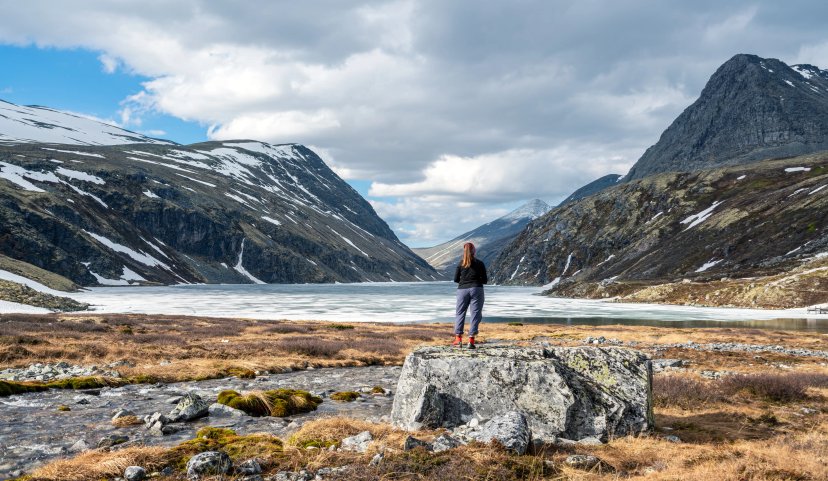
Experience the best of Norway hut to hut hiking with personalized trips, cozy mountain lodges, and breathtaking Scandinavian landscapes on every trail.
Have questions? Talk to us.
Anja Hajnšek
Usually replies within 1 hour!
Portfolio brand of:World Discovery




